Best headphones for TV 2025: home theater without the speakers, all tested by our experts
Meet the best headphones for movies or TV viewing, with features such as Dolby Atmos spatial audio
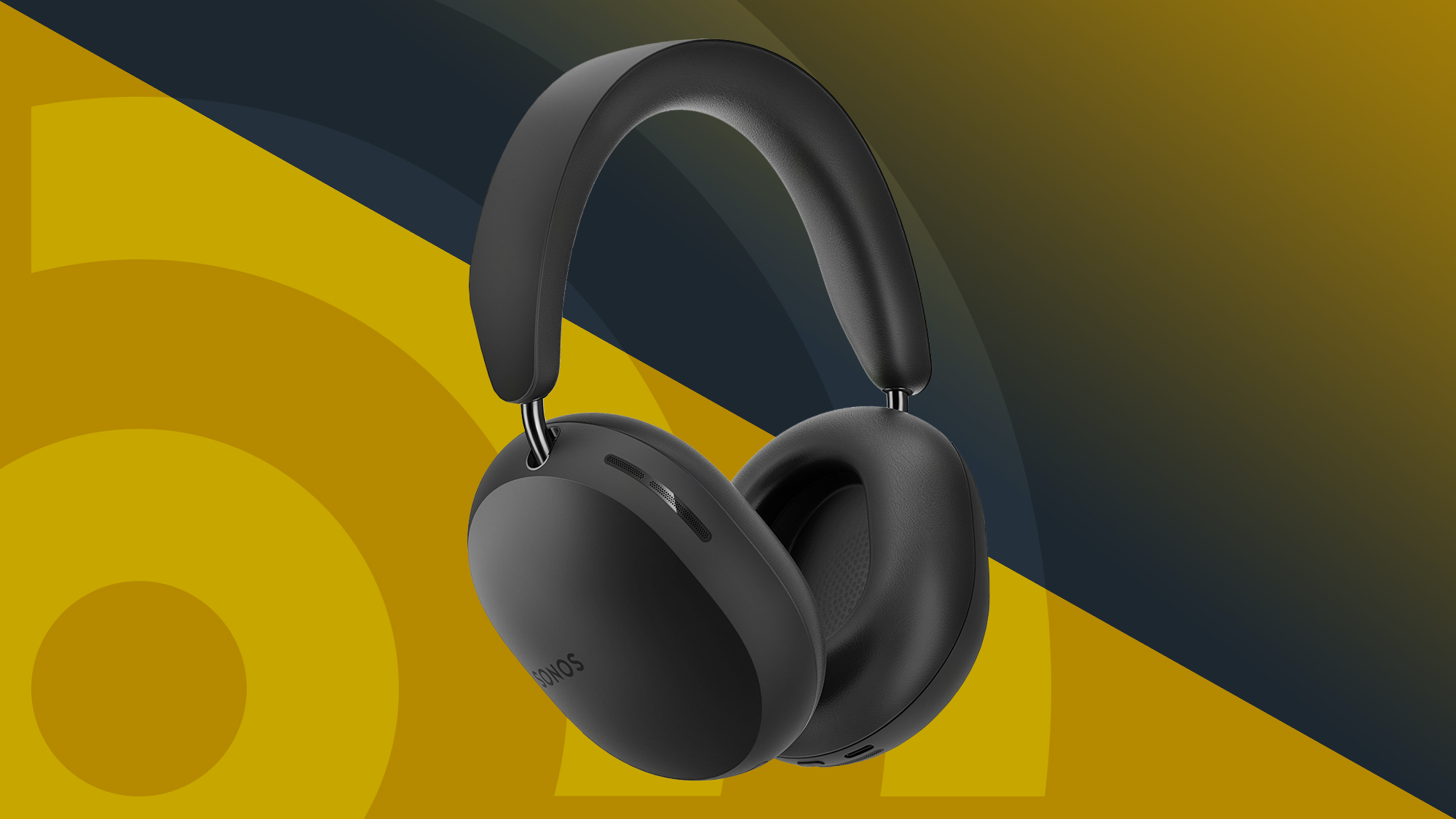
The best headphones for TV let you enjoy your favorite shows and movies with immersive sound – without the need for a big speaker setup. Whether you’re watching late at night without disturbing others, sharing a living space, or streaming content on your phone or laptop, the right headphones make all the difference.
Every pair of headphones in this guide has been thoroughly tested by our expert team, ensuring they deliver top-tier audio performance for TV viewing. Our hands-on reviews focus on real-world use, so you can trust these recommendations to provide the best sound quality, comfort, and reliability.
Although specialist TV headphones with optical connections are still available, modern Bluetooth-equipped TVs have made the best wireless headphones and best wireless earbuds a more convenient option. Some models even include features designed to enhance compatibility with certain TV technologies, which we highlight in our picks.
With more people streaming on multiple devices, versatility is key – so we’ve selected headphones that work just as well for commuting, office use, and even workouts as they do for TV viewing. Whether you're catching up on shows, watching movies, or tuning in to live sports, these headphones offer the perfect balance of performance and flexibility.
The Quick List
You can get started with our easy-to-browse list of the best headphones for TV. You can click on any of the links to jump to more information about all of the headphones.
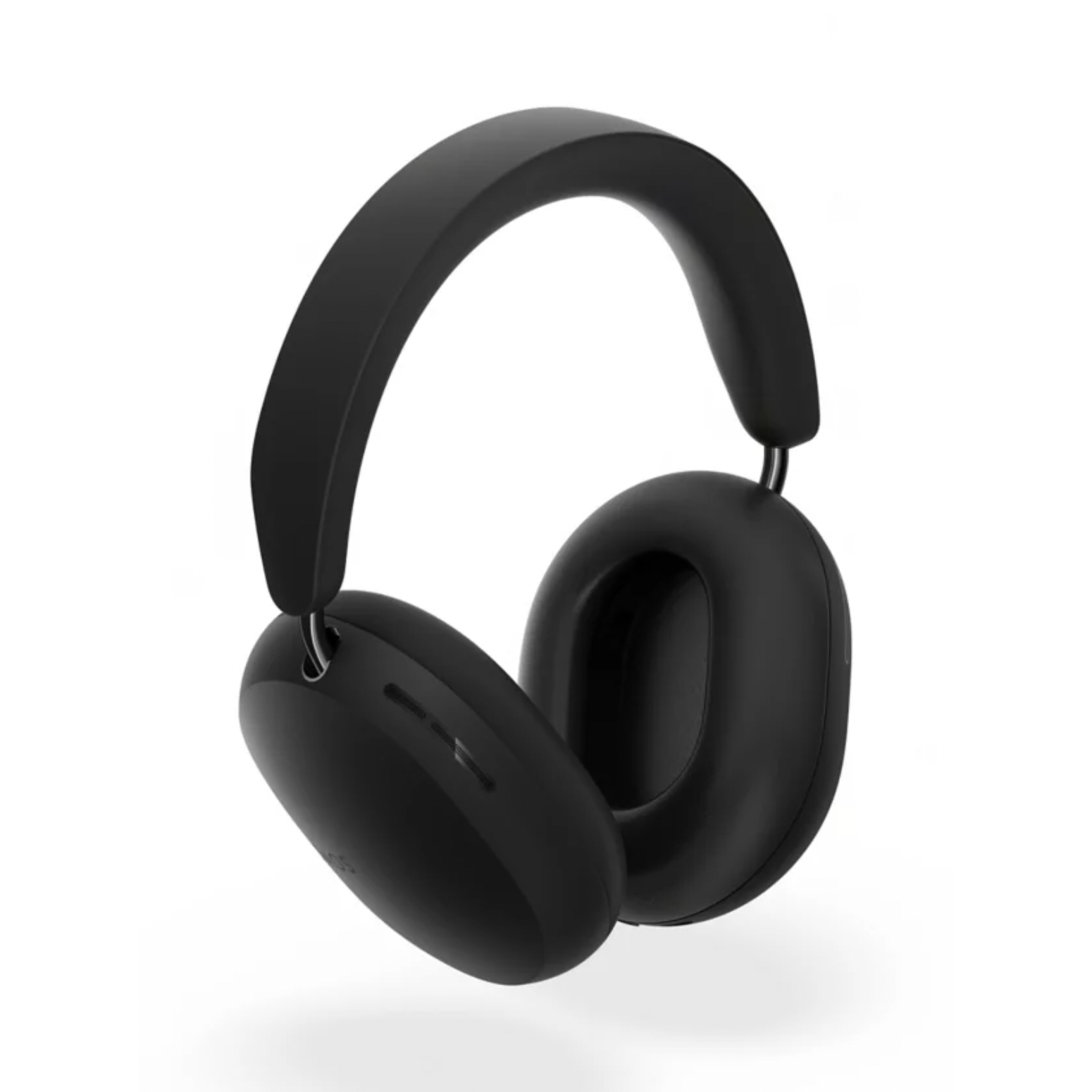
The best headphones for TV overall
These headphones offer perfect Dolby Atmos spatial audio and great sound balance when used over Bluetooth or with Sonos soundbars – and the noise cancellation is strong too.
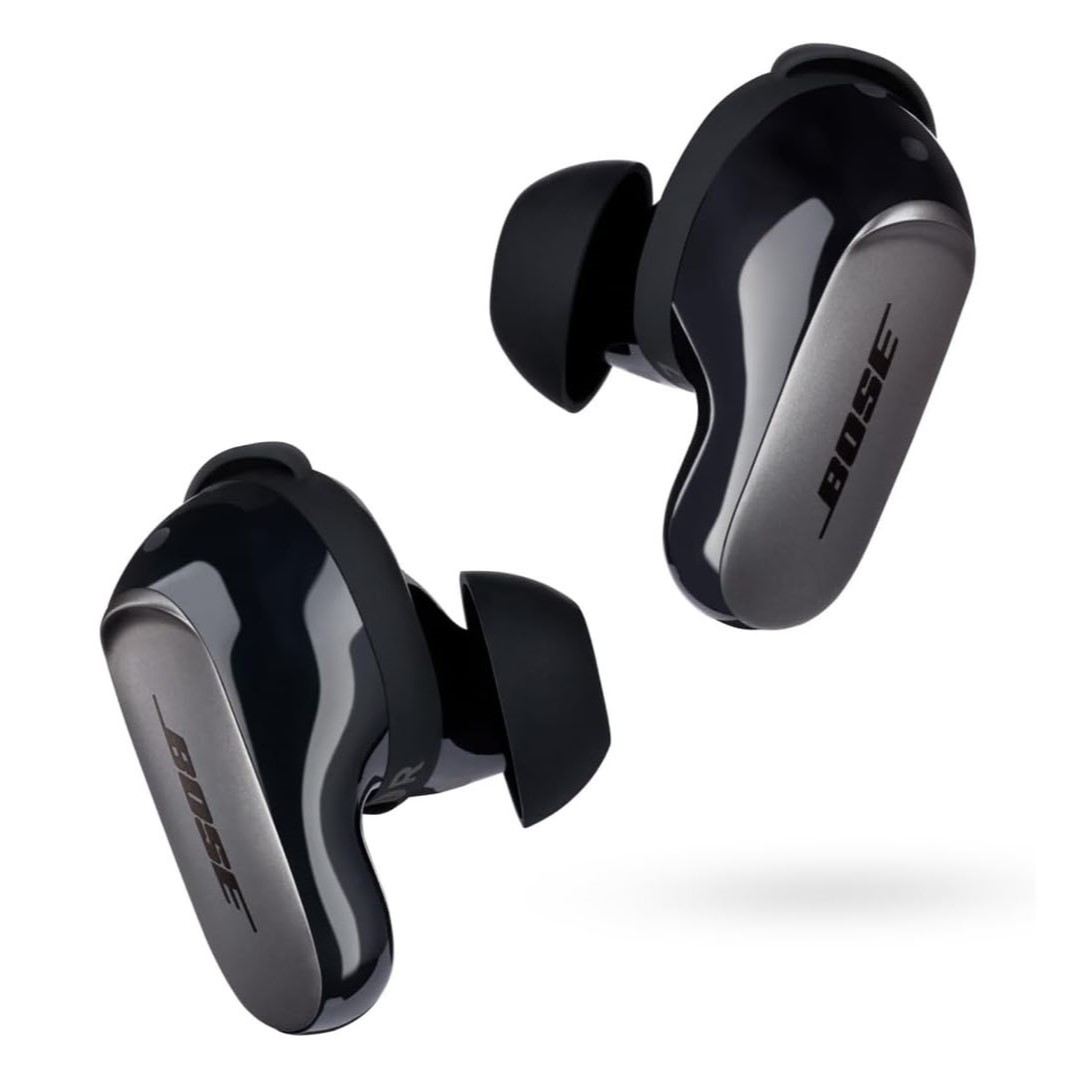
The best spatial audio earbuds for TVs
With built-in spatial audio tech that works from any source, and top noise cancellation, we recommend these to anyone looking for buds to watch shows and movies.
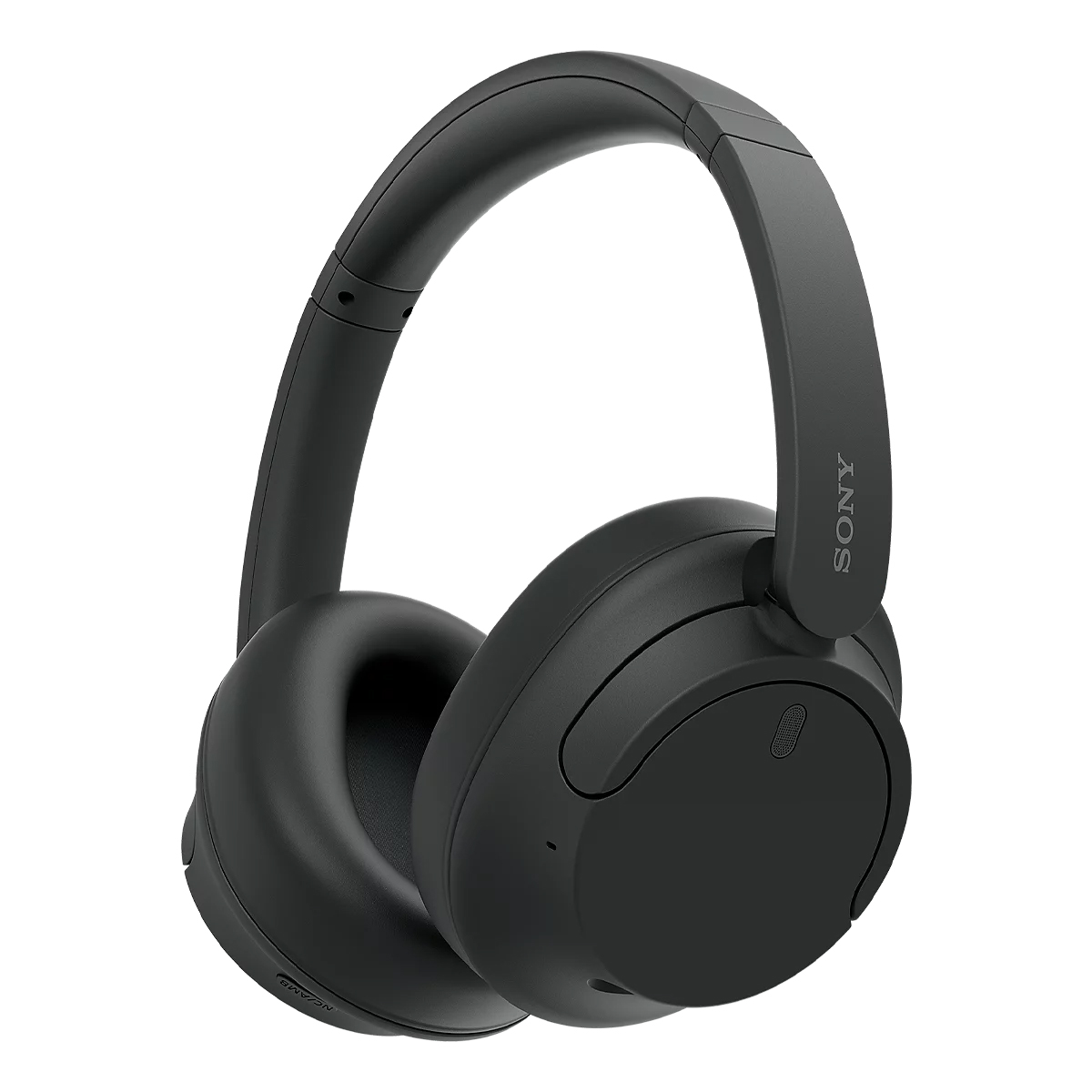
The best mid-priced TV headphones
Great audio balance and decent noise cancellation from these Sony headphones means they deliver good dialogue clarity and an immersive experience over Bluetooth.
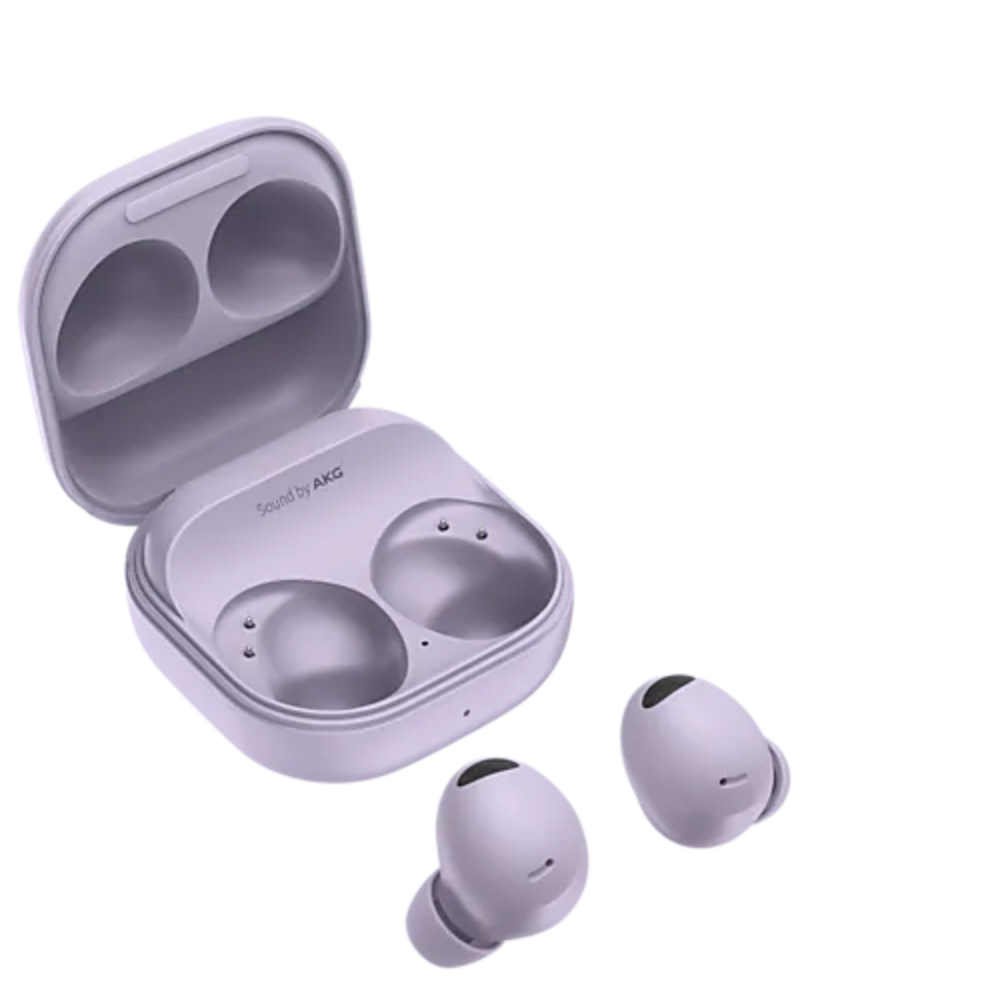
The best earbuds for Samsung TVs
2023 and later Samsung TVs support Auracast, as do these buds, which means you can have multiple buds connected to one Samsung TV seamlessly. And they sound great.
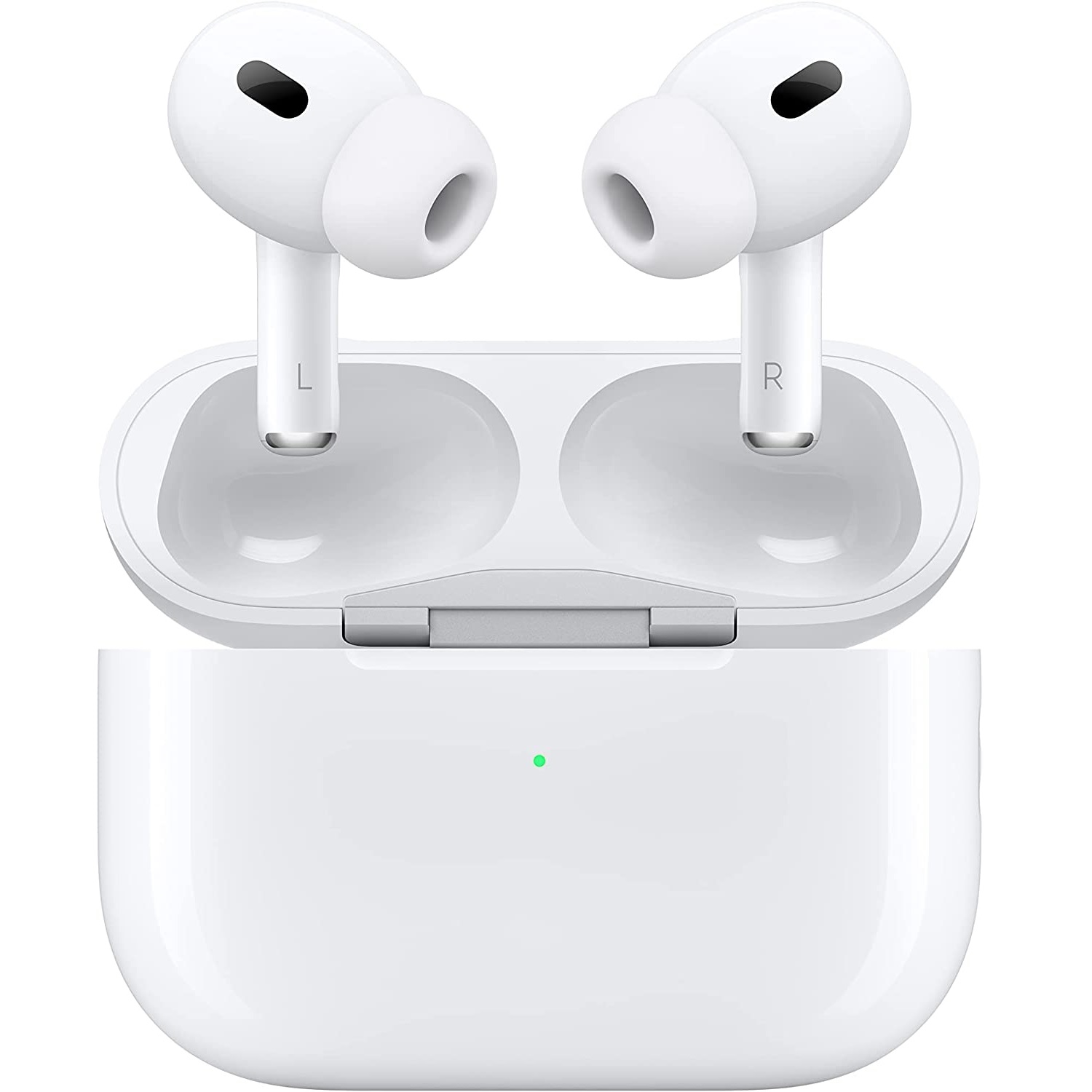
The best earbuds for Apple TV 4K
These buds deliver amazing Dolby Atmos spatial audio, plus excellent sound and comfort… when connected to an Apple TV 4K box (or other Apple tech). Ideal for Apple fans.

I've been testing and reporting on cutting-edge audio products since 2012, and have covered the introduction and rise of spatial audio and Dolby Atmos in headphones. I've based this list on the experience of our reviewers when testing these headphones with movies and TV shows – and I personally use the Sonos Ace with my Sonos Arc soundbar in my living room, and the AirPods Pro 2 with my Apple TV 4K in my bedroom, so these reflect my own choices.
February 21, 2025
Rewrote the introduction. Added a gallery of images to each entry so readers get a better look at all of our recommendations. Mentioned the Samsung Buds 3 Pro in our Samsung Galaxy Buds 2 Pro entry – making it clear these aren't the latest from the brand, but we still recommend them.
The best headphones for watching TV 2025
Why you can trust TechRadar
The best headphones for TV overall

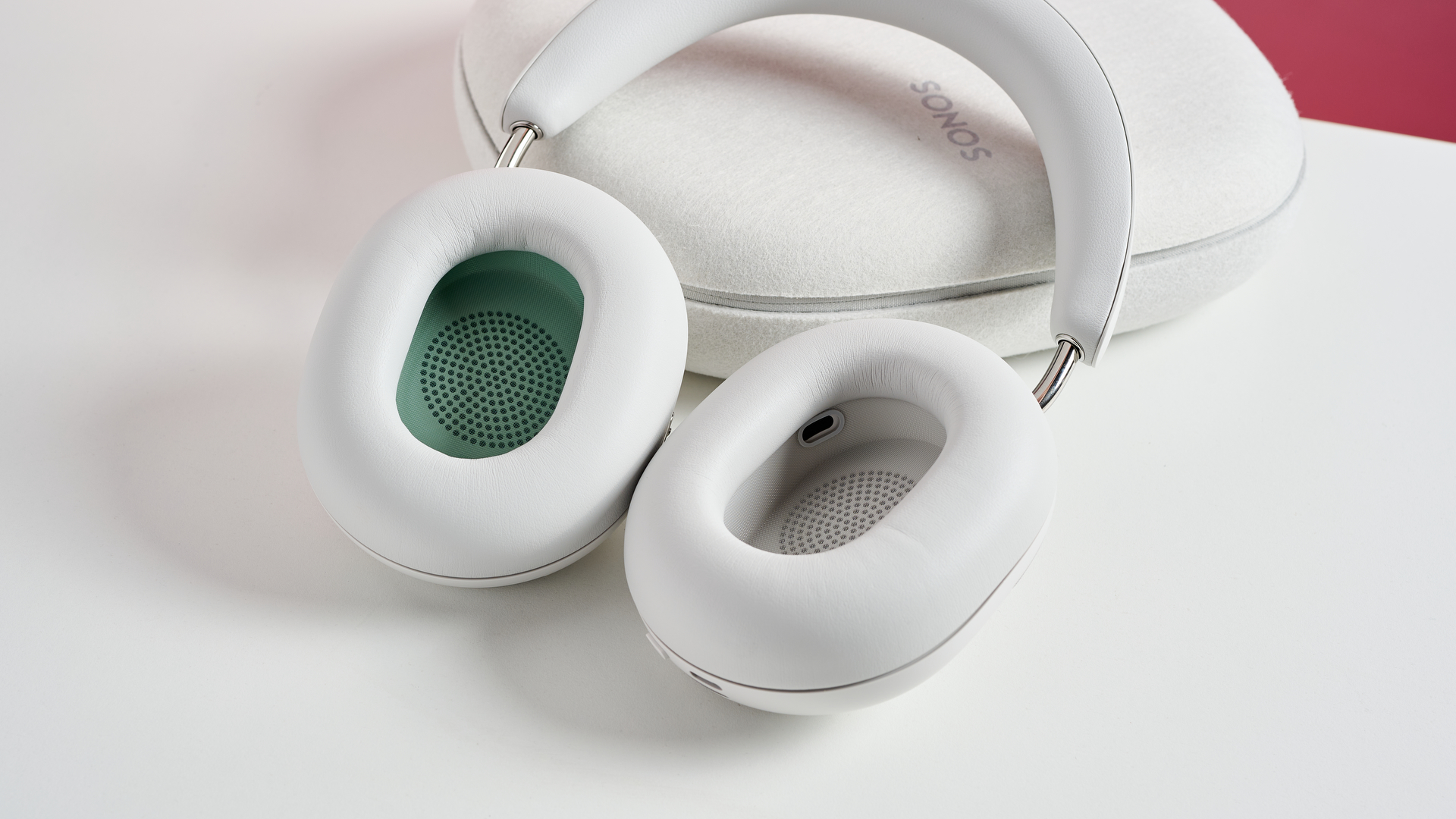
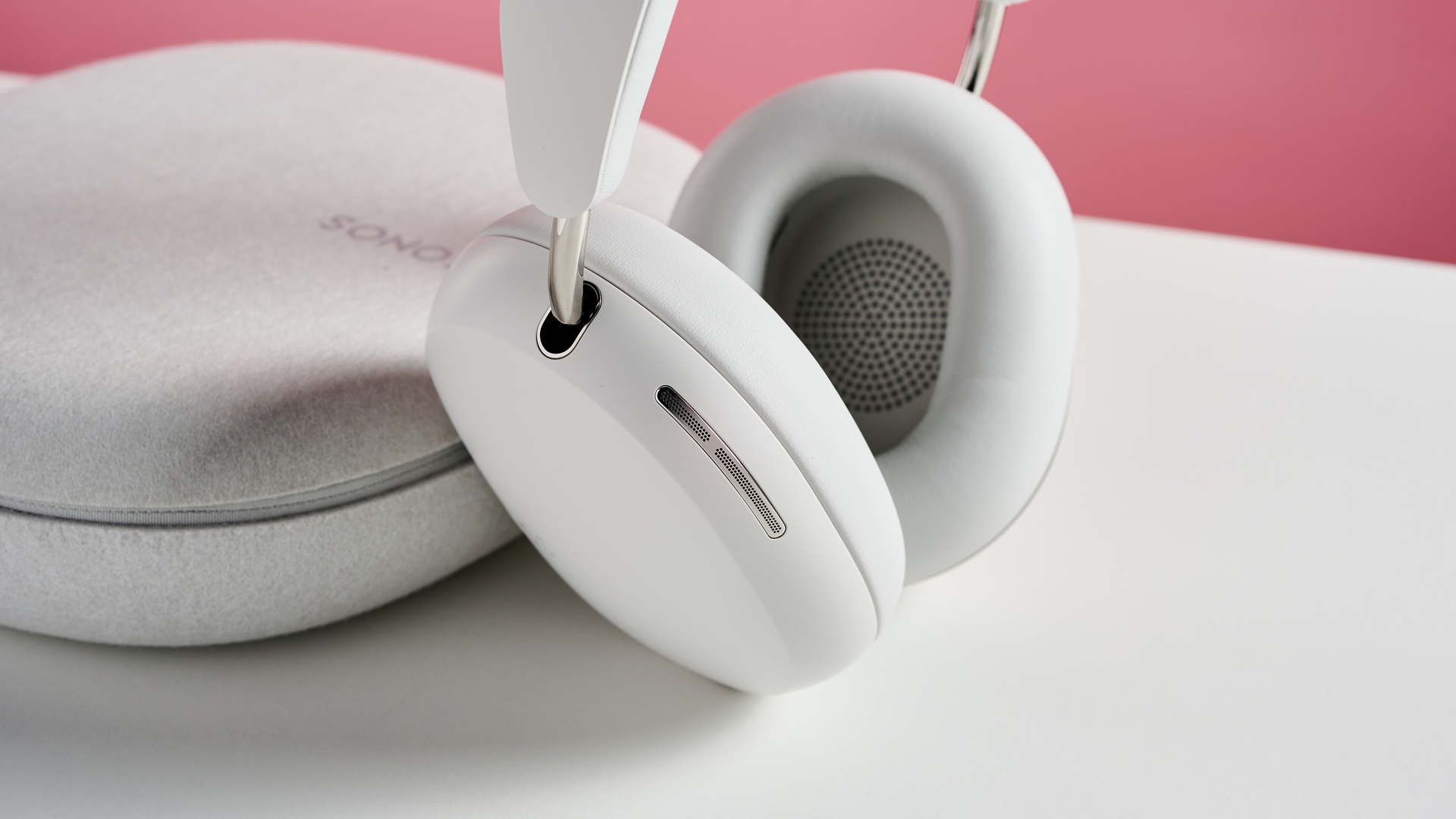
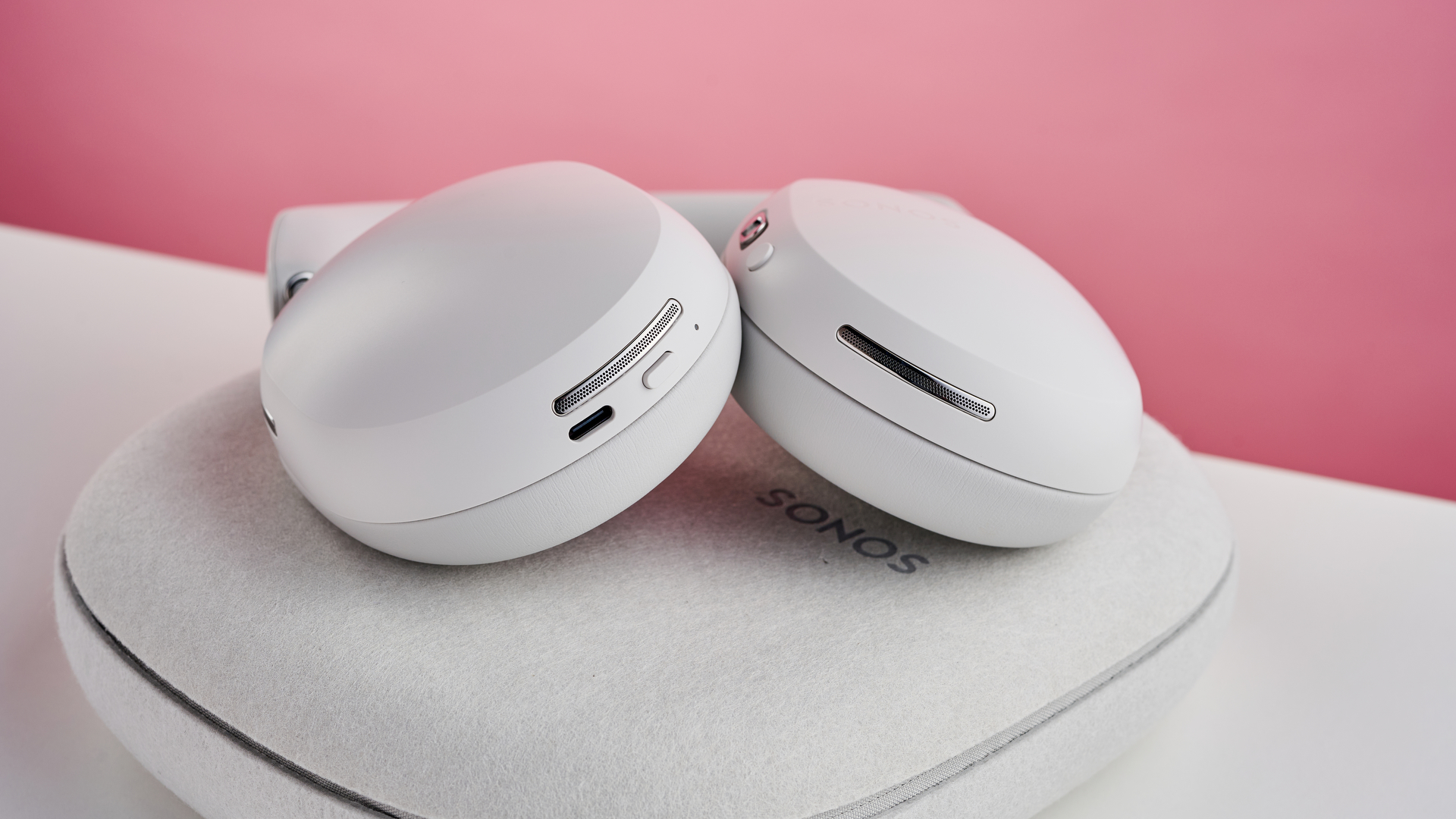
Specifications
Reasons to buy
Reasons to avoid
When Sonos released its first pair of headphones, the Sonos Ace, we were disappointed they didn't live up to top rivals for playing music. In our review we wrote: "They sound good, but they're surprisingly constrained while also being quite aggressive, and this can take the edge off their rich bass and detail at times." But when it comes to watching TV and movies? That's a totally different matter.
They're perfect for Dolby Atmos movies, delivering powerful, clear, cinematic sound over Bluetooth or connected to a Sonos Arc. The noise cancellation isn't quite best-in-class, but it's still excellent. In our review, we wrote, "Noise cancellation here is seriously effective, suppressing both low and high frequency sounds drastically and leaving the sound as the star."
Sonos has packed high-end features into these headphones, including excellent noise cancellation, aptX and USB-C lossless audio support, and head-tracked spatial audio using a Dolby-designed system. They're designed to work smoothly with Sonos soundbars as well as any Bluetooth source: all you need to do is push a button on the headphones when at home to switch sound from your soundbar to your headphones. Having said that, they'll provide Dolby Atmos support from any Bluetooth device that decodes the format (which includes iPhones and Samsung phones) and outputs it over Bluetooth.
Reviews are mixed on comfort. Some people find the earcups incredibly soft and light to wear, but our reviewer said they pressed on their glasses too much, so they weren't ideal for extended wear. Design-wise, we described them as "simple, elegant and thoughtful" in our review and deserving of their premium price tag.
If you have a Sonos Arc soundbar, you need these headphones. Everyone else should consider them as they perform incredibly well. But if you've got a specific need, do take a look at the other options in this guide first as the Sonos Ace are great but won't be perfect for everyone, and they're very expensive.
Read our full Sonos Ace review
The best spatial audio earbuds for TV
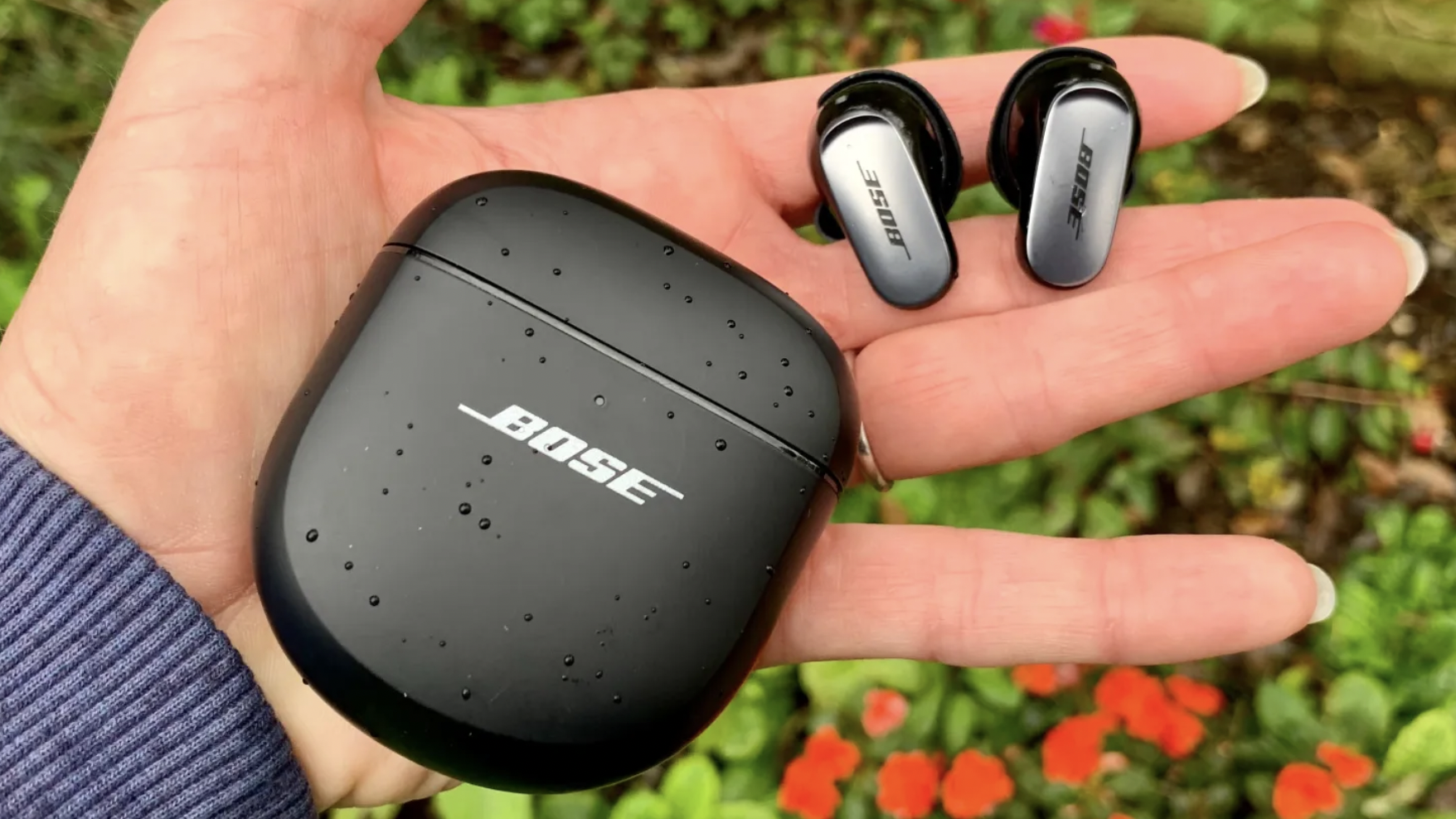
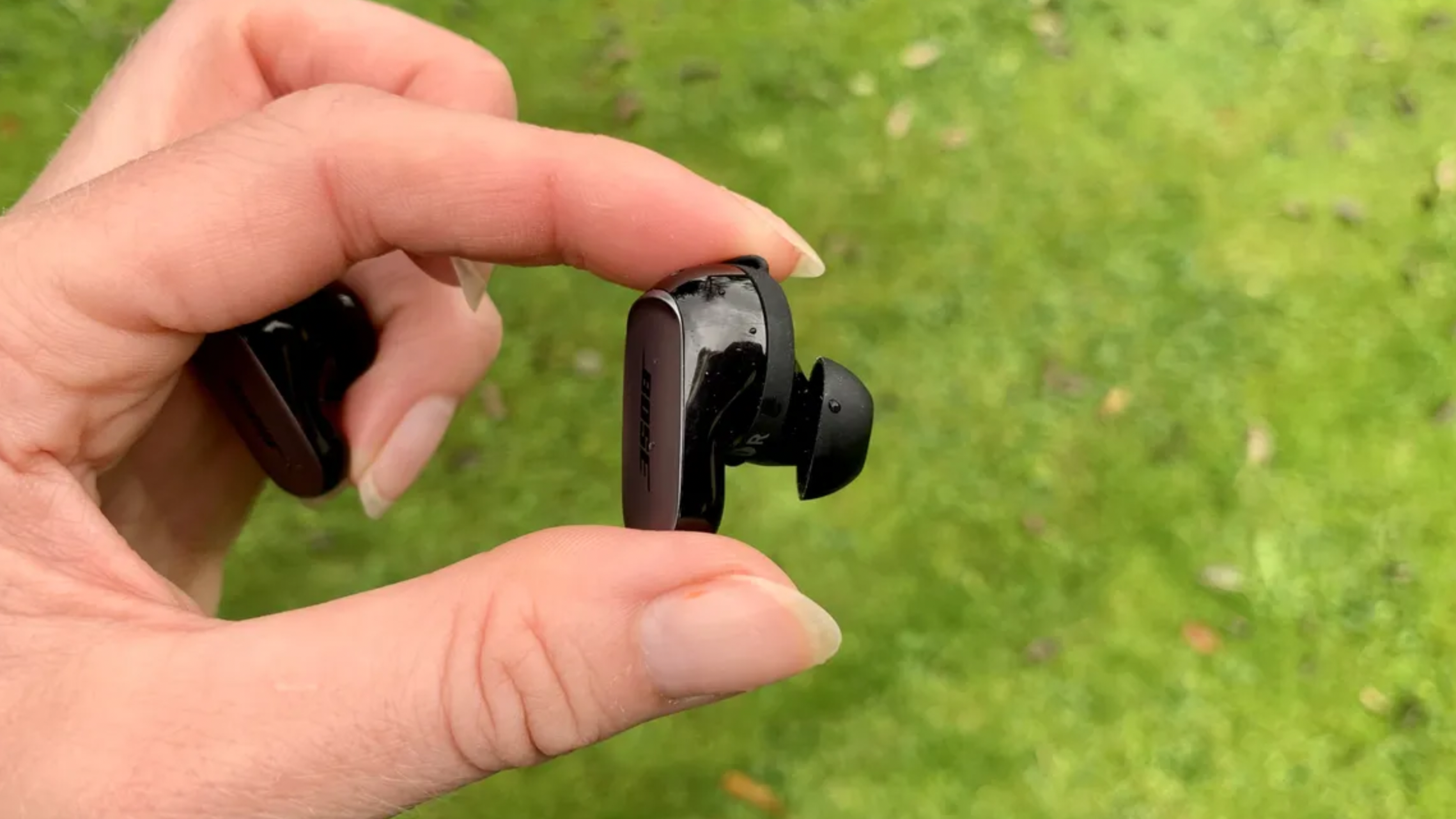
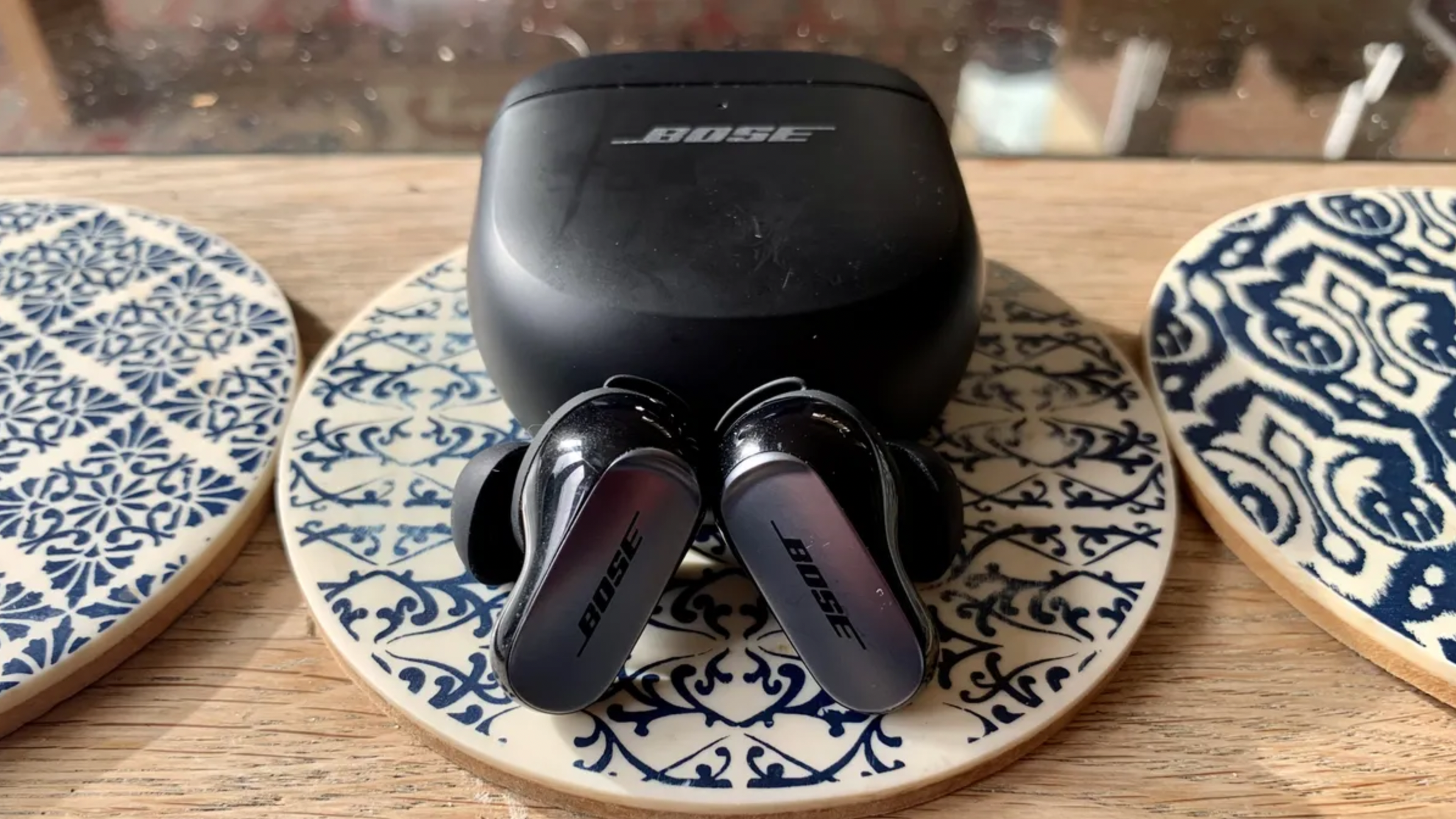
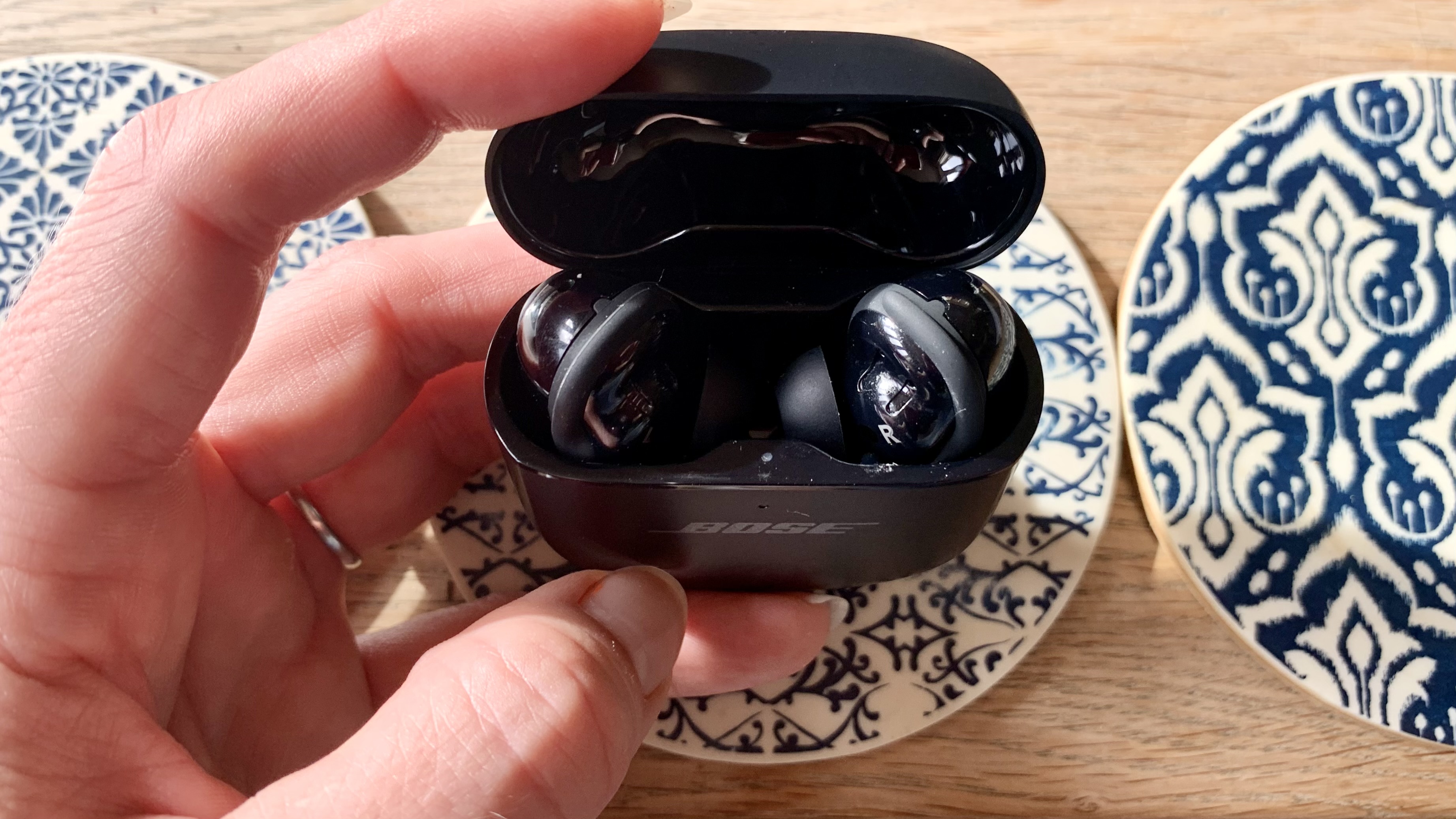
Specifications
Reasons to buy
Reasons to avoid
If you want to listen to your TV with a pair of the best true wireless earbuds, we highly recommend the Bose QuietComfort Ultra. When we first reviewed these buds, we were a little let down by their similarity to the Bose QuietComfort Earbuds 2 that came before them. But, like the Sonos Ace above, that's when we mostly considered music and sound. It's hard to beat these buds when it comes to watching movies and TV.
The Bose QuietComfort Ultra stand out for their combination of excellent noise cancellation, which we described as "top of the class" and "most effective you'll find in a set of earbuds" in our review. Additionally, Bose's own built-in spatial audio tech, which we couldn't have rated more highly during testing, adds an immersive audio experience. We described this new tech as: "truly device-agnostic, head-turning, belly-laughter-inducing joy where musical strands within tracks present themselves either all around you, or slightly in front of your temples, depending on which Mode you select."
They didn't have multi-point pairing at launch, but it's been added via an update, which is useful for switching between your TV and phone. As long as your TV has Bluetooth, you can expect fantastic and highly immersive spatial audio from any source, making these buds a versatile choice for any TV setup.
The design of these buds is fairly standard and similar to the Bose designs that have come before them. During our testing, we commented that they may feel bulky if you have smaller ears. But to combat this, they come with three silicone tips to choose from for the most snug fit and three silicone bands to fit around the drivers with different-sized fins to keep them in place within your ear. They're a very premium price, but you'll hear why when you use them.
Want premium sound for less? Check out our Bose coupons for the best deals on headphones, speakers, and audio gear.
Read our full Bose QuietComfort Ultra Earbuds review
The best cheap headphones for TV
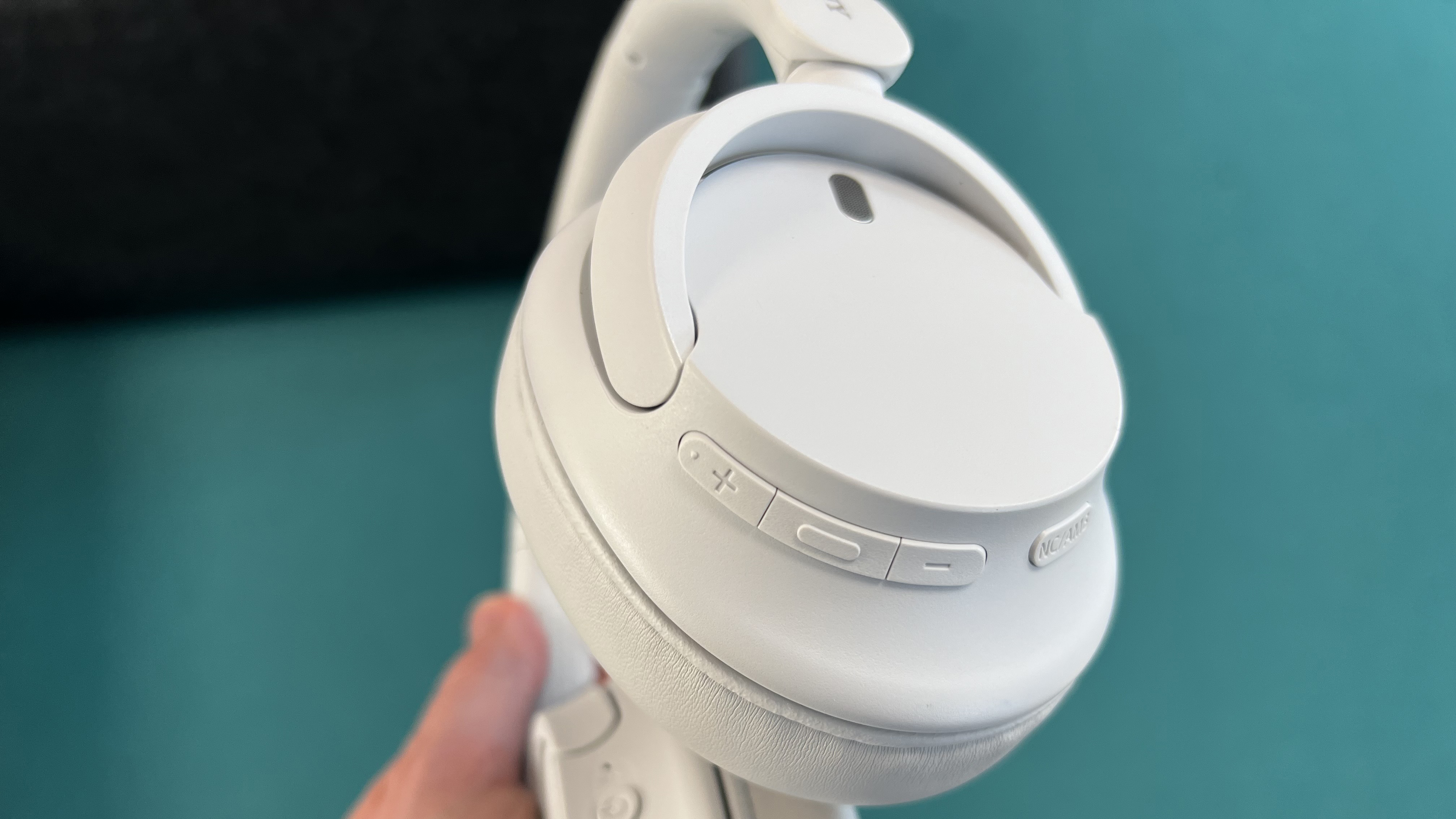
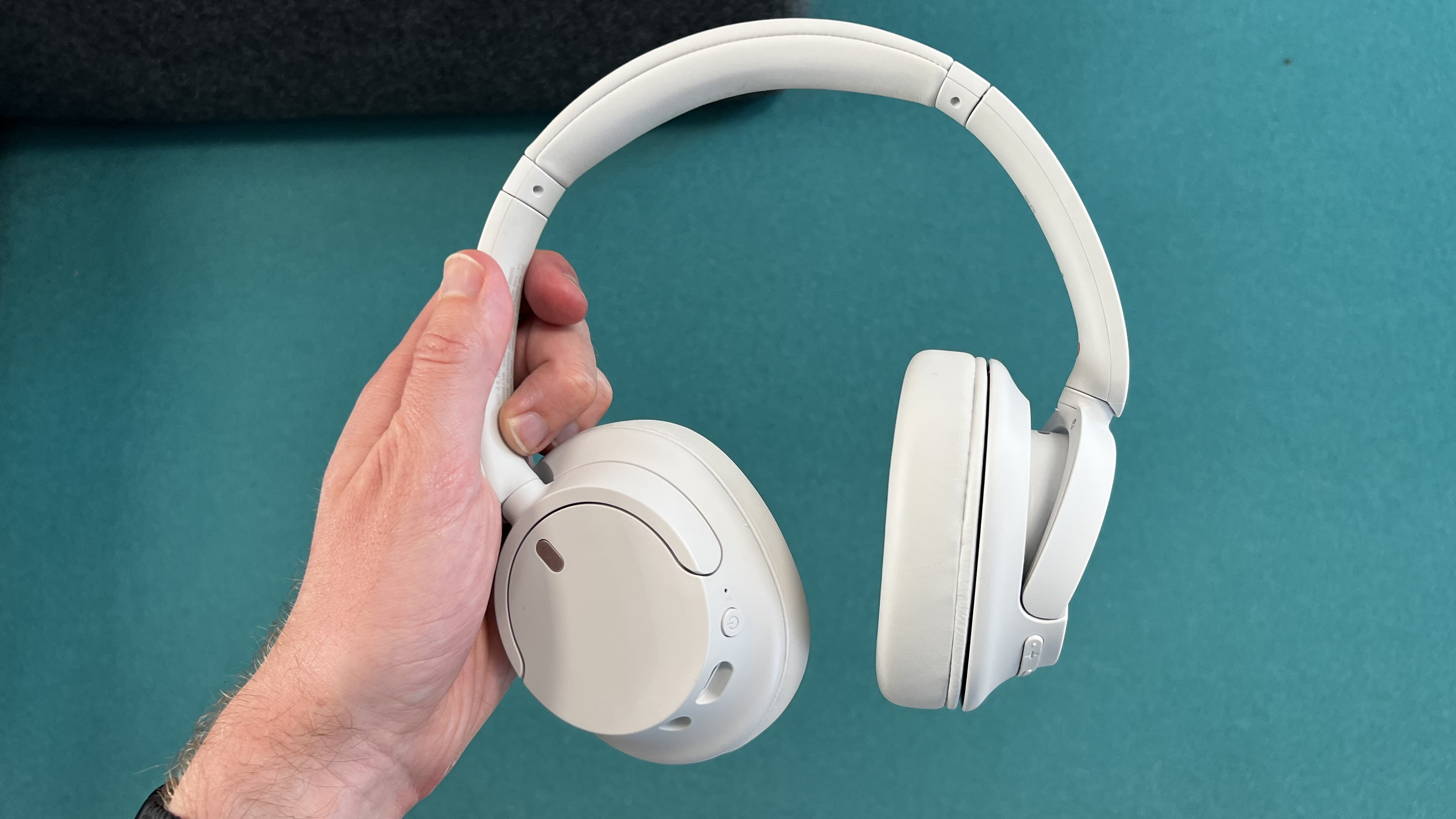
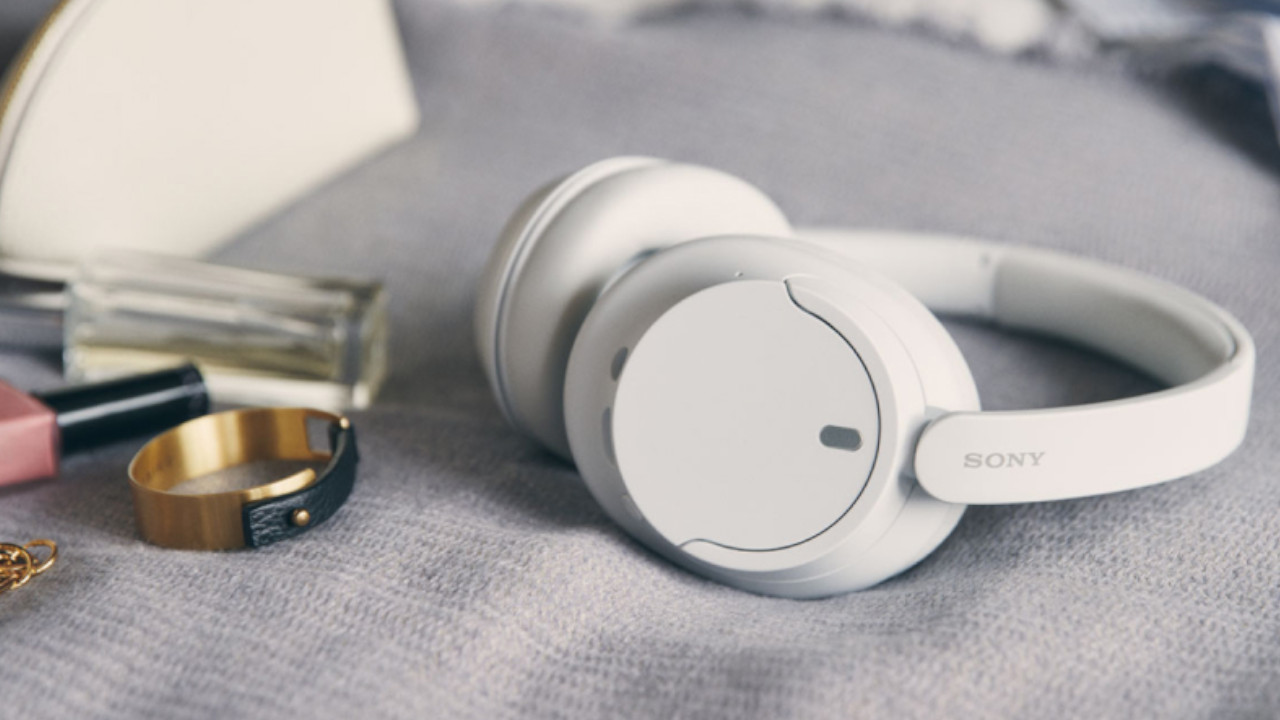

Specifications
Reasons to buy
Reasons to avoid
If you're on a budget, you can still get a good listening experience from headphones that will play nicely with TV audio. The Sony WH-CH720N are our top cheap pick as they pack in great audio finesse and smart features for the price.
These cheap Sony headphones deliver a solid audio balance. In our review, we wrote: "Bass is warm but level-headed, mid-range is robust, and individual instruments stand out within it well, and treble has plenty of clarity to make the little details pop." Combine this audio performance with quality ANC, which isn't the best but is good for the price, and you've got headphones that make the sound in movies and TV shows pop, and serve up good dialogue clarity.
It's the same story for features. There's much more here than you'd expect for the price, including support for 360 Reality Audio and Sony's DSEE upscaling of mediocre-quality tracks, which we said in our review probably contributes to the detailed sound these headphones serve up. There's also multipoint pairing, Bluetooth 5.2, a USB-C port for charging, and a 3.5mm jack with a good-length cable in the box.
While they may not exude the premium feel of higher-end headphones, the Sony WH-CH720N boast a standard over-ear design that we found to be both comfortable and lightweight during our testing, weighing in at a mere 192g / 6.8oz. The buttons are also conveniently placed for easy access.
If you can afford to spend more you will find a more premium experience from Sony's other over-ear headphones, like the Sony WH-1000XM4, or the Sonos Ace higher up in this list. But if you really can't stretch your budget, you'll be happy with the good sound, effective noise cancelling and smart features that make them well-suited to TV and movies.
Read our full Sony WH-CH720N review
The best headphones for Samsung TVs
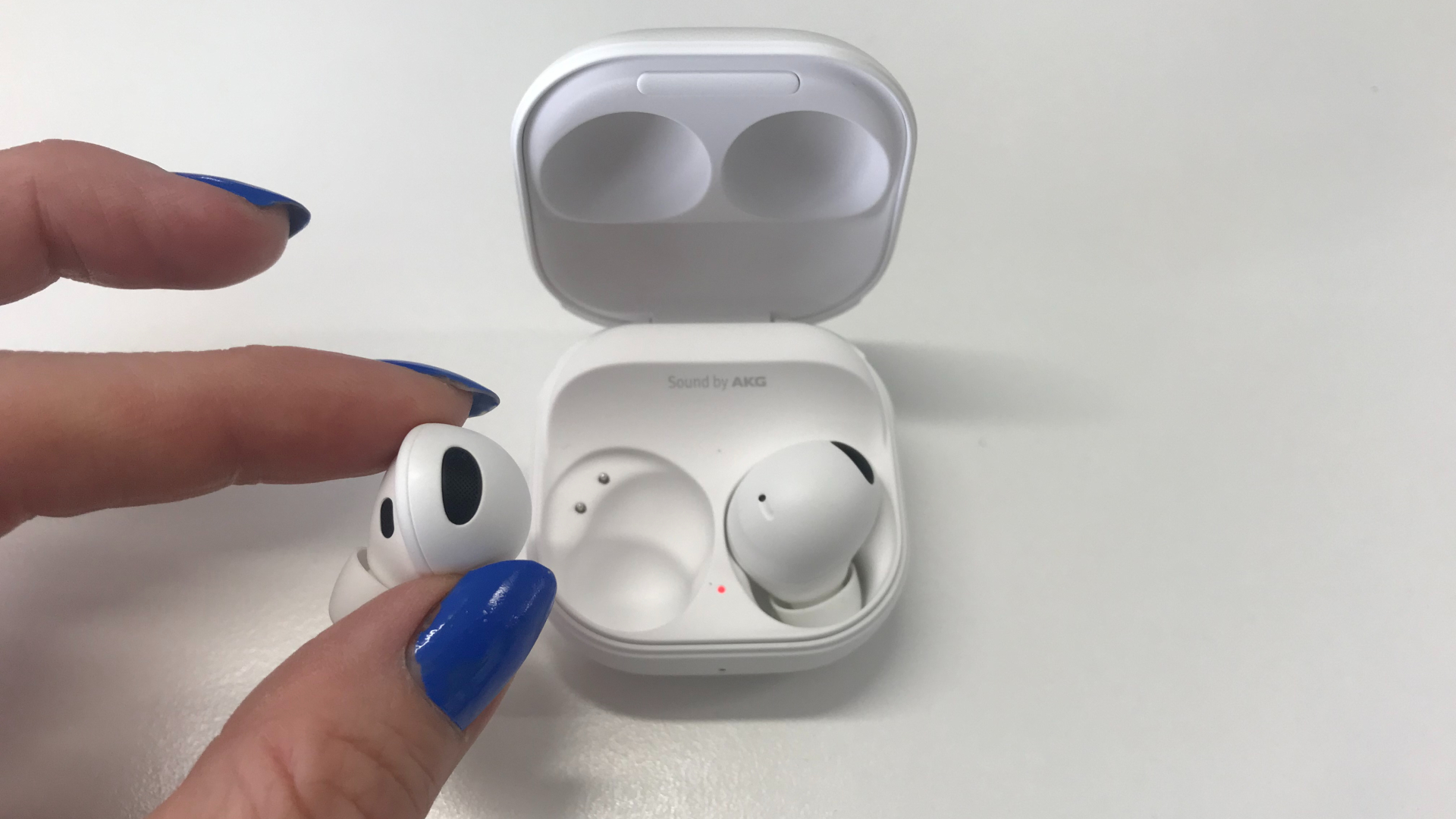
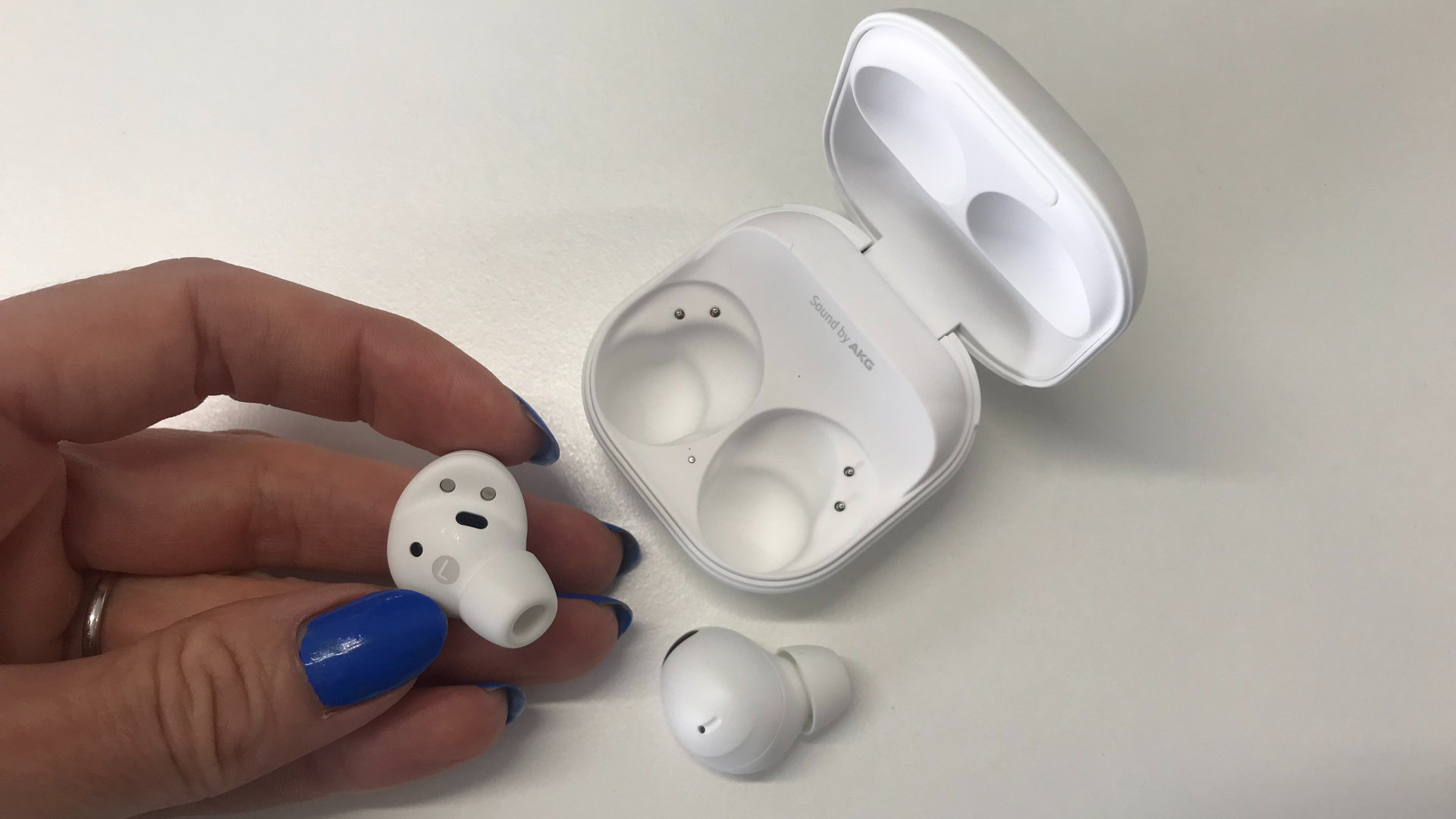
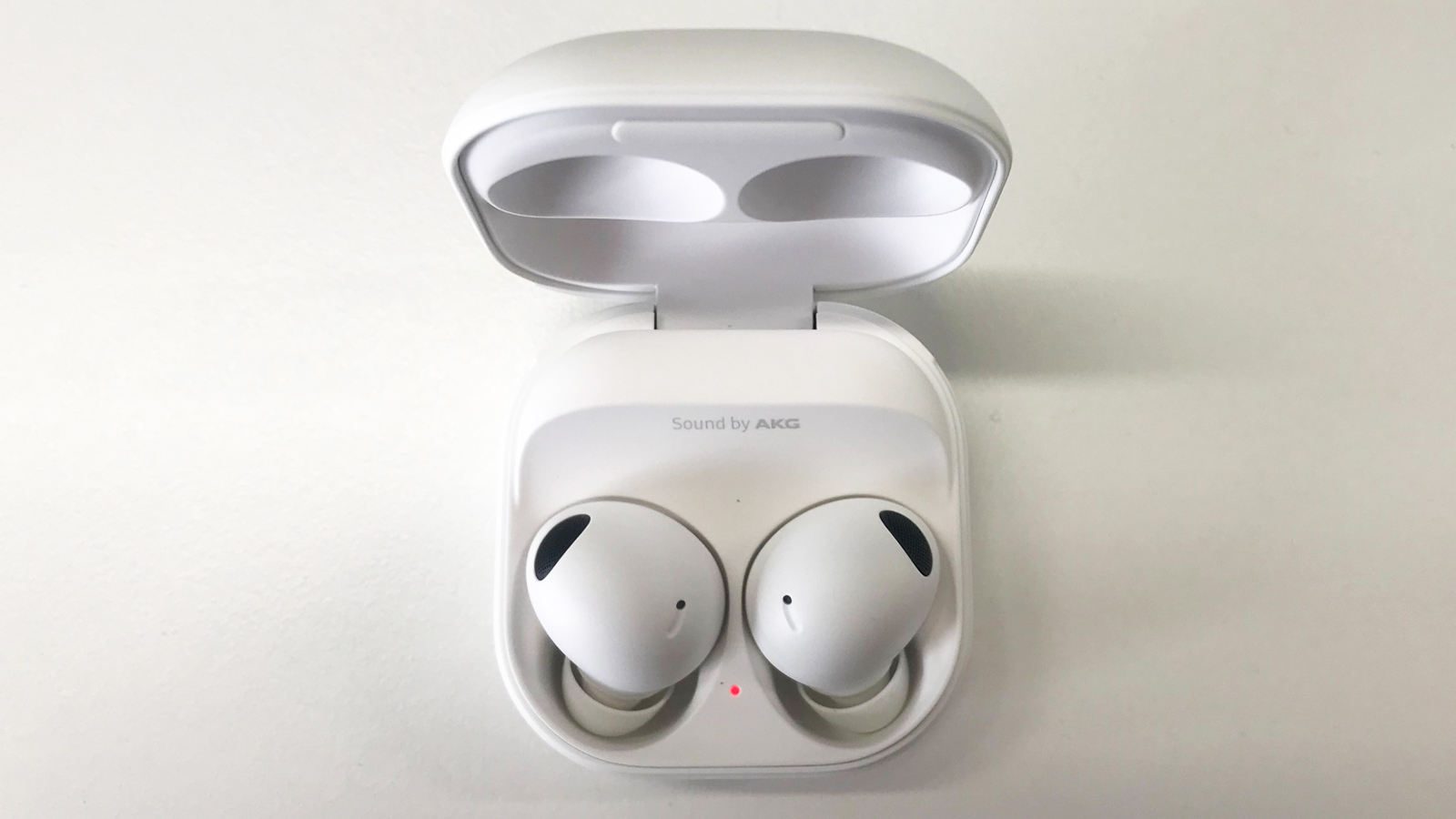
Specifications
Reasons to buy
Reasons to avoid
The Samsung Buds 2 Pro aren't the newest Samsung buds on the block. We have tested the latest Samsung Buds 3 Pro too, but we felt the design wasn't quite as well conceived (or small and comfortable) as the Buds 2 Pro. We also thought they took a few too many leaves out of the Apple playbook and suffered a little for that. Not to mention the Samsung Buds 2 Pro are currently available at a discount, which makes us stick with these as a better value option for most people – especially for watching TV.
You don't have to pair Samsung headphones with a Samsung TV, but you unlock a bunch of benefits if you do. The Samsung Buds 2 Pro include Bluetooth 5.3 and high-quality 24-bit music support when used with compatible Samsung devices. What's more, both these buds and Samsung's 2023 (or later) TV line-up both support Auracast, meaning you can have multiple buds connected to one Samsung TV seamlessly, which is an especially handy feature – and these high-end buds are now available for incredible mid-range prices.
They also boast excellent sound performance. But things don't just sound energetic, agile and powerful, these little earbuds also deliver an incredibly immersive experience that's perfect for watching TV and movies. In our review we wrote: "We didn't expect to enjoy Samsung's immersive, expressive, head-tracked 24-bit audio as much as we did. But here we are – the Galaxy Buds 2 Pro's 24-bit sound is very good." Not only is sound top-performing and immersive but noise cancellation is excellent. Our reviewer even commented that they had to check the AC unit they were sat next to was switched on, the sound was nixed so perfectly.
The design is among our favorite of any true wireless earbuds we've tested. In our review we wrote that they provide users with: "a stylish, minimalist, secure and ergonomic fit that almost feels as if you're not wearing earbuds." Perfect for long listening sessions and movies.
The Samsung Galaxy Buds 2 Pro pack a huge amount into their tiny design for a decent price. Sound quality is incredibly good, ANC performs incredibly well and integration with other Samsung devices makes them a no-brainer if you have one of Samsung's newer TVs.
Looking to save money on a Samsung product? Check out our Samsung promo codes for the latest deals on top-rated tech and gadgets.
Read our full Samsung Buds 2 Pro review
The best headphones for Apple TV 4K
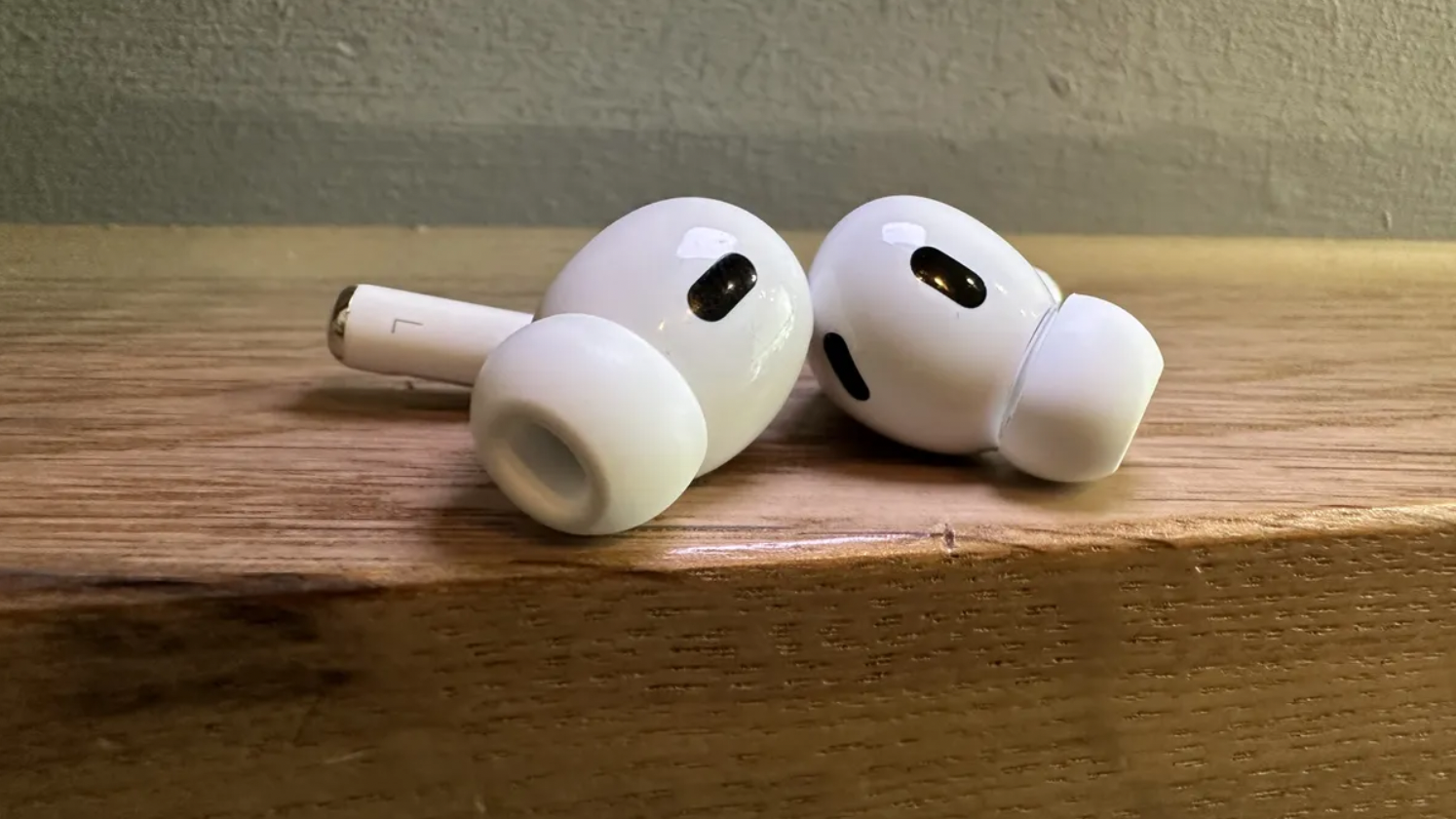
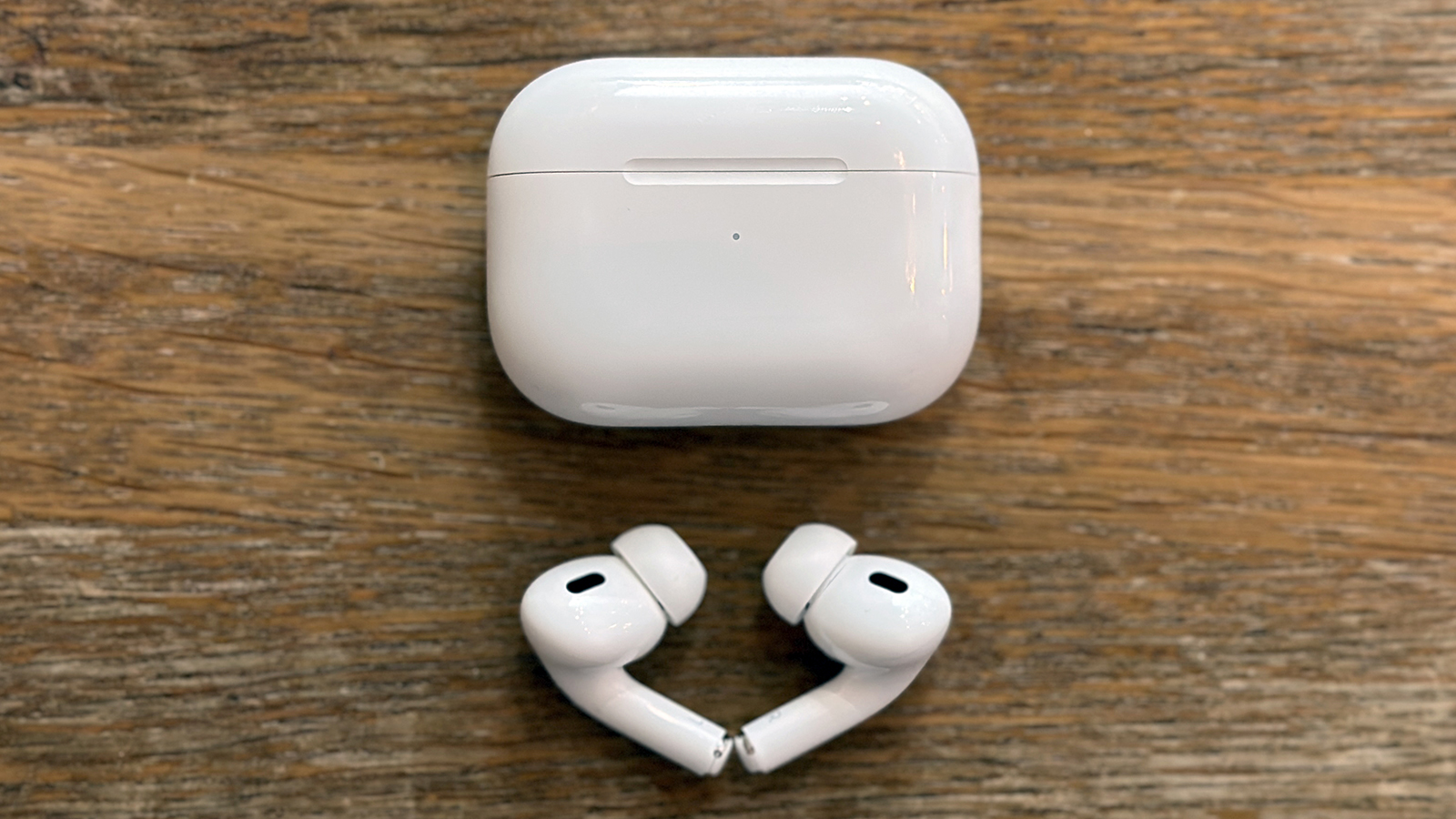

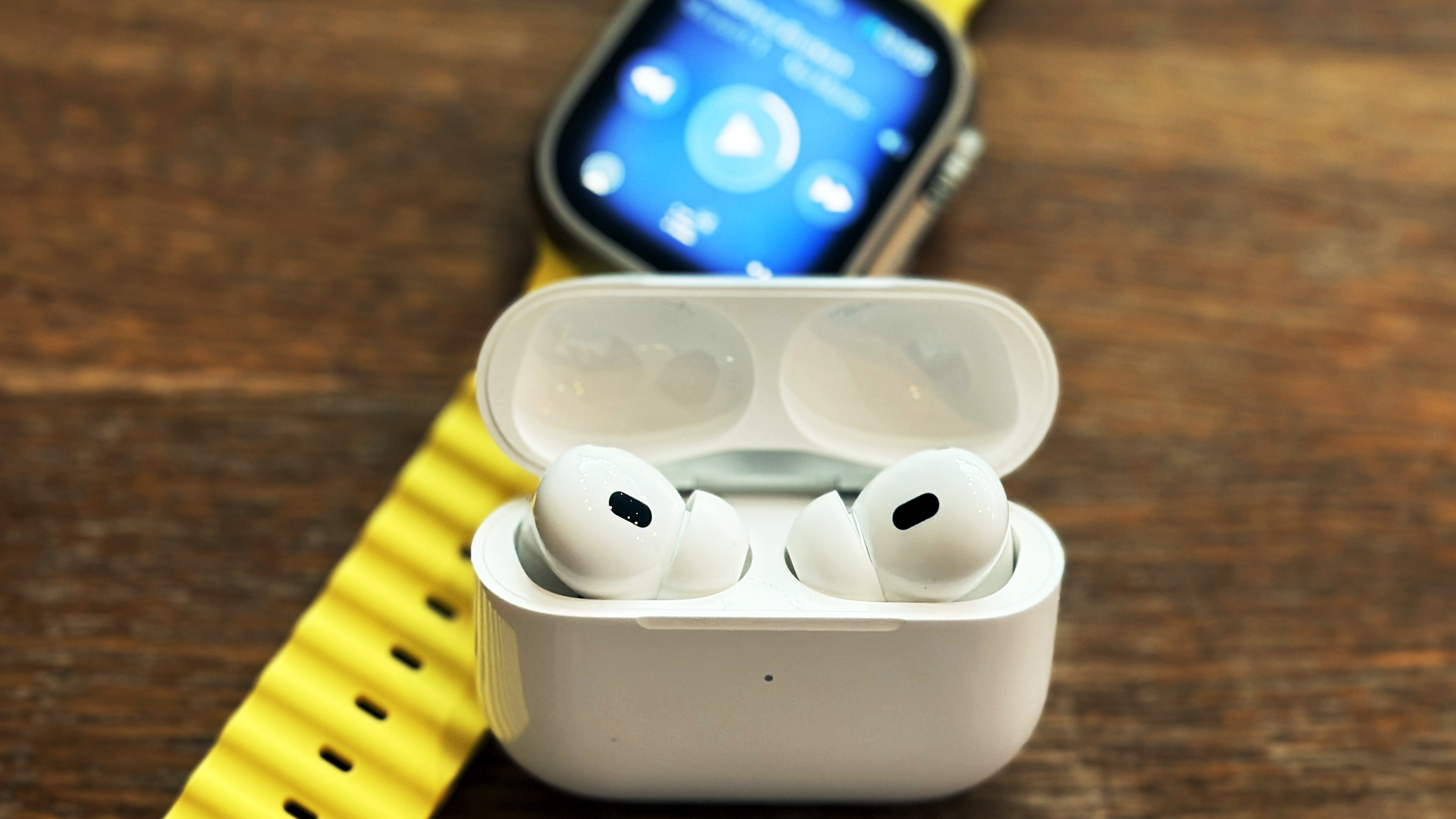
Specifications
Reasons to buy
Reasons to avoid
Like the Samsung buds above, you don't have to stick to the same tech company for all your devices. But things tend to work more effortlessly and smoothly when you do. The AirPods Pro 2 are an excellent set of earbuds for all sorts of purposes, but they also have a bunch of features that make them ideal for movies and TV shows. That's why last year, we even wrote about how we don't talk enough about how good AirPods Pro are with Apple TV 4K.
First up, the AirPods Pro 2 sound excellent. In our review, we wrote, " The sound quality is so good that we just found ourselves wanting to put them on to drift off into a beautiful sonic world." This is due to several factors, including great separation and detail, powerful bass, and crisp voices.
They also have amazing spatial audio, creating a virtual surround sound experience from their head-tracking, making them ideal for movies – but this only works when they're connected to Apple devices. In our AirPods Pro 2 and Apple 4K TV op-ed above, we wrote: "It's not the same as having an explosion powered by a great subwoofer in a big sound system, of course, but the way bullets whizz by, and yelling comes from all around you, is impressive." Not only do they sound fantastic, but ANC performs incredibly well. This makes the most of the audio performance and makes you feel even more engrossed in whatever you're watching.
The AirPods Pro 2 are not just about sound quality and features, they also prioritize comfort. Regardless of ear size, users often find them to be a snug fit, which is particularly beneficial for extended viewing sessions and movie marathons, ensuring a comfortable and enjoyable experience.
If you have an Apple TV 4K it makes sense to try the AirPods Pro 2 with them if your budget will stretch purely for the ease in connecting them. But there's so much more on offer here, including excellent spatial audio that places you in the center of the action, and truly impressive noise cancelling.
Read our full AirPods Pro 2 review
How to choose the best headphones for TV
How can I listen to TV with wired headphones?
While the headphones in this guide are wireless, you can watch TV using wired headphones. The easiest way to do this is to plug them directly into your TV's 3.5mm audio input (though you will need a pair of cans with a long cable to do this).
If your TV doesn't have a 3.5mm input, you could buy an RCA-3.5mm adaptor and hook the headphones up to the TV's stereo RCA outputs.
Can I use AirPods with my TV?
Yes, you can using Bluetooth -–but it's even easier if you have an Apple TV 4K streaming device. The AirPods 3, AirPods Pro 2, and AirPods Max are optimized to work with other Apple devices, and Apple TV models are no exception. They even come with spatial audio support for an immersive, cinematic sound.
How we test the best headphones for TV
Our methodology: These headphones have all been tested by our reviewers using our standard methodology, in which we test them for music quality, we push their battery life, we see how their noise cancellation stands up to domestic or external sounds, and we test their many smart features. You can read more about this in our guide to how we test earbuds at TechRadar.
Videos: Part of our testing of headphones and earbuds involves seeing how they handle videos, including dialogue in movies and TV, because a set of headphones that are well-balanced for music can end up feeling much less clear for movies where bass may overwhelm speech, for example.
Comfort: All headphones and earbuds need to be comfortable, but when testing the best headphones for watching TV, they need to be able to handle long sessions, slouching on the sofa and even watching laying down. This requires a different sort of comfort level to a pair of buds you'd be wearing at the office or to the gym. So we made sure we tested these headphones in all sorts of viewing scenarios.
Immersive support: We also test specific immersive features, like spatial audio, with the specific devices they're intended to work with, if they're limited, or with more general devices if they're not. We also ensured we tested these features with a range of TV shows and movies.
Ecosystem: When testing the best headphones for TV, we had to keep ecosystem in mind. This means how well the headphones integrate with other devices, like a TV, streaming stick, soundbar of phone. Headphones that are made by the same brand or ecosystem as your TV could offer more enhanced features, like low latency modes or seamless pairing, things that improve the listening experience.
Specific TV testing: And yes, we've used our experience with these devices for TV viewing specifically to select this guide – if you look at our guides to the best headphones or best earbuds overall, you'll see they're quite different because we're prioritizing different elements. We're getting specific here, and this list is based on that testing experience.
Latest updates to the best headphones for TV
February 21, 2025
Rewrote the introduction. Added a gallery of images to each entry so readers get a better look at all of our recommendations. Mentioned the Samsung Buds 3 Pro in our Samsung Galaxy Buds 2 Pro entry – making it clear these aren't the latest from the brand, but we still recommend them.
Sign up for breaking news, reviews, opinion, top tech deals, and more.

Matt is TechRadar's Managing Editor for Entertainment, meaning he's in charge of persuading our team of writers and reviewers to watch the latest TV shows and movies on gorgeous TVs and listen to fantastic speakers and headphones. It's a tough task, as you can imagine. Matt has over a decade of experience in tech publishing, and previously ran the TV & audio coverage for our colleagues at T3.com, and before that he edited T3 magazine. During his career, he's also contributed to places as varied as Creative Bloq, PC Gamer, PetsRadar, MacLife, and Edge. TV and movie nerdism is his speciality, and he goes to the cinema three times a week. He's always happy to explain the virtues of Dolby Vision over a drink, but he might need to use props, like he's explaining the offside rule.
- Becca Caddy
- Becky ScarrottAudio Editor